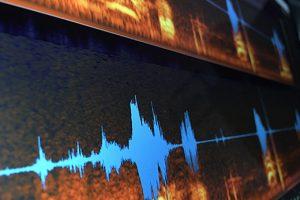Testifying about our forensic examinations and enhancements
Often the attorneys for both sides will stipulate (or agree) to our reports and exhibits, which means we are not needed for testifying in court, but if that doesn’t happen, our forensic experts are ready to testify on the witness stand.
If we are called into a hearing, deposition, or trial as an expert witness with video, audio, or digital files, it allows us to lay a foundation for the evidence and explain the details to a jury, both to describe the process of the examination and analysis and to explain the results.

With audio forensics the testimony can include the detailed steps involved with clarifying the audio and our opinion about what we hear on the enhanced recordings.
And with digital file recovery and DVR analysis and video extraction, the process and any images gathered during the process can explain the success or failure of methods tried in the process of the investigation.
When testifying in a court of law, our audio and video forensic experts understand the importance of communicating clearly, simply, and with confidence.